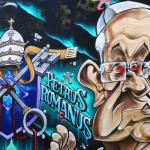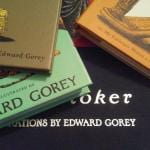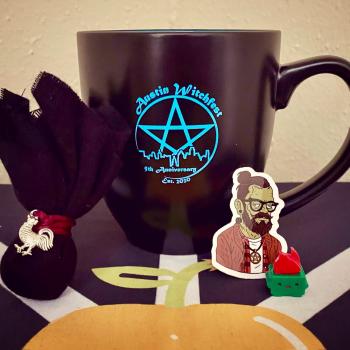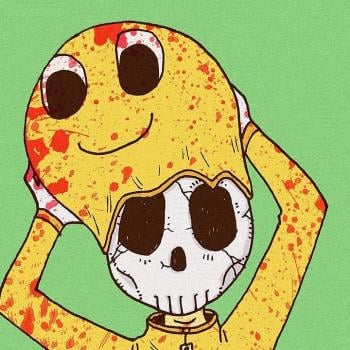Ah, the Four Elements. Pagans may not agree on much, but when it comes to these metaphysical archetypes, we’re all on the same page. You literally can’t get more foundational than Earth, Air, Fire, and Water — of this, there is no doubt.
So you know what? Let’s doubt the shit out of them.
According to the Principia Discordia:
One day Mal-2 [i.e. Malaclypse the Younger] consulted his Pineal Gland and asked Eris if She really created all of those terrible things. She told him that She had always liked the Old Greeks, but that they cannot be trusted with historic matters. “They were,” She added, “victims of indigestion, you know.”
The Principia does confirm that Eris had children, although they were much different creatures than what Hesiod described (mainly because they weren’t creatures). Let’s dive back in and take a look at Discordian cosmogony:
In the beginning there was VOID, who had two daughters; one (the smaller) was that of BEING, named ERIS, and one (the larger) was of NON-BEING, named ANERIS. (To this day, the fundamental truth that Aneris is the larger is apparent to all who compare the great number of things that do not exist with the comparatively small number of things that do exist.)

Eris had been born pregnant, and after 55 years (Goddesses have an unusually long gestation period– longer even than elephants), Her pregnancy bore the fruits of many things. These things were composed of the Five Basic Elements, SWEET, BOOM, PUNGENT, PRICKLE, and ORANGE. Aneris, however, had been created sterile. When she saw Eris enjoying Herself so greatly with all of the existent things She had borne, Aneris became jealous and finally one day she stole some existent things and changed them into non- existent things and claimed them as her own children.
This deeply hurt Eris, who felt that Her sister was unjust (being so much larger anyway) to deny Her her small joy. And so She made herself swell again to bear more things. And She swore that no matter how many of her begotten that Aneris would steal, She would beget more. And, in return, Aneris swore that no matter how many existent things Eris brought forth, she would eventually find them and turn them into non-existent things for her own. (And to this day, things appear and disappear in this very manner.)

This Is Where You Guys Come In
I’ve got my own perceptions of the Discordian Elements, but I want to hear how you would use them. What would be the purpose of a Boom spell? How would you invoke Orange? What would a public Prickle ritual look like?

Leave a comment, DM me on Twitter, Facebook, or the Gram, or shoot an email to tmf at fivefoldlaw dot com with your ideas on the magical applications of the Discordian Elements. Get as weird as you want with it, I’ll compile my favorites in an upcoming post, and we’ll make some magnificent Chaos together.


















